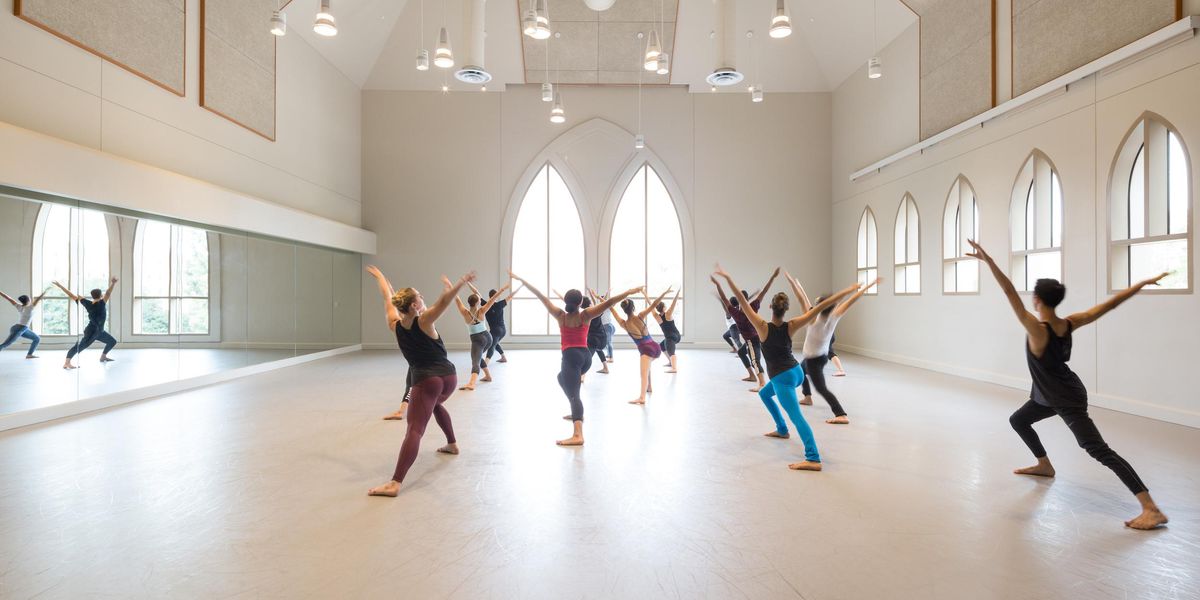Brexit Is Officially Happening—3 Ways It Could Hurt Dance
Yesterday, Britain voted to exit the European Union, a historic decision that has already shaken the world. It’s impossible to imagine the full impact of this exit (colloquially called “Brexit”) over time. How will Britain’s independence from the EU affect British dance companies? Could it have larger implications for dance throughout Europe? It’s definitely possible. Prior to yesterday’s decision, British dance luminaries from Akram Khan to Kevin O’Hare to Sir Matthew Bourne signed a public letter in support of staying in the EU, fearing that Brexit could hurt the arts in particular. Dance writer Ismene Brown spoke to some of Britain’s biggest dance names in The Spectator earlier this week, and laid out three main consequences that Brexit could have for dance. Here’s a breakdown of what dancers need to know.
Limitations on Talent
Spaniard Tamara Rojo, a longtime Royal Ballet star, now directs English National Ballet. Photo by Matthew Karas.
Up until now, citizens of European Union countries have been able to freely secure employment in Britain, without having to jump through the many bureaucratic hoops imposed on potential foreign employees. For this reason, British companies have been able to carefully curate talent from a wider pool of dancers. Nadia Stern, chief executive of Rambert Dance, puts this in real terms in Brown’s article. Currently, Brits make up half of the company, Europeans make up a quarter and non-Europeans make up a quarter. If all the Europeans had to be subjected to the same tight requirements as non-Europeans, it would make recruiting foreign talent much more difficult. As Akram Khan puts it, “diminished artist mobility because of revised immigration and visa regulations means reduced access to the best international performers.”
At The Royal Ballet, many of the stars who have defined the company’s recent past have been non-British Europeans: Spanish Tamara Rojo, French Sylvie Guillem, Danish Johan Kobborg. Many of its current stars, like Natalia Osipova, Sarah Lamb and Steven McRae, are not European. What does this mean? Possibly that companies save the hassle of hiring foreign dancers for their brightest stars. Brexit could exacerbate this trend, meaning we could start seeing fewer Europeans and more Brits filling the lower ranks at companies like the Royal. Of course, they’ll have plenty of homegrown British talents to choose from.
Financial Challenges
Traditionally, British dance companies received financial support from both the British government and the European Union. That will soon be a thing of the past, and it’s unlikely that the British government will have the means to make up for all of the lost EU funds. In fact, many are predicting that the Brexit could send Britain, and possibly all of Europe, into a state of financial turmoil. Just this morning, the British pound’s value fell by 8.5 percent against the dollar and 6 percent against the euro. The arts often suffer when economies suffer, so lack of funding could be a major factor for dance in Europe in the coming years.
Akram Khan, photo by Matthew Murphy
Decrease in Cultural Exchange
It’s been easy for British companies to tour within Europe—both because of the close proximity to other countries and the EU rules that allow for some logistical complications to be bypassed. This could change if new costs for visas, taxes and health-care are imposed on British companies touring within Europe, since they won’t be protected by those EU rules. It would be a shame to cut off the exchange of ideas that touring has always allowed within Europe.
As Stern points out in The Spectator, many of these potential consequences depend more on how leaders react to Brexit than Brexit itself. And any changes will be slow moving, as exiting the EU is a long, complicated process. We hope the arts will be on the minds of decision-makers as they grapple with the Brexit.




